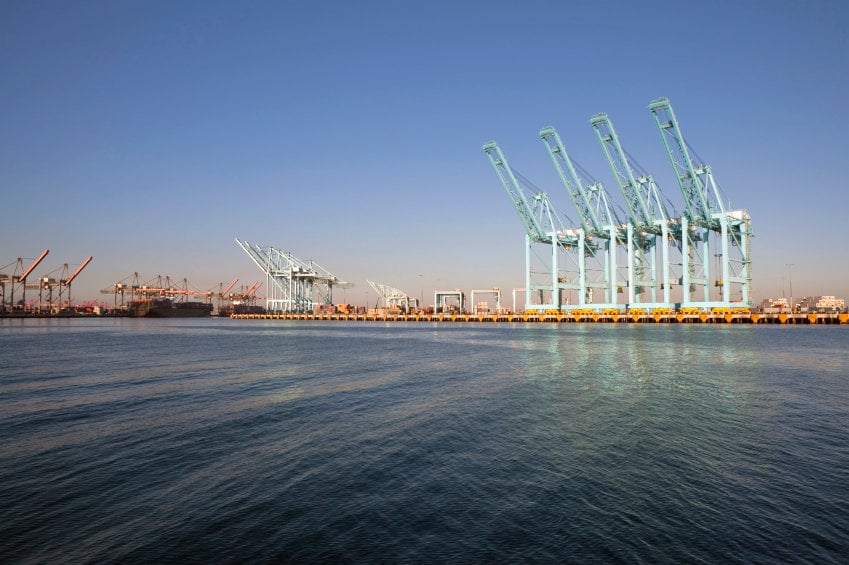2015 was an unusual year for the trucking industry. After experiencing significant growth of 9.15% in 2014, the combined revenue of 25 of the largest LTL companies declined by .5% percent in 2015. This is an industry that typically anticipates an annual growth in its revenue.
In fact, 2015 marked the worst year for the trucking industry since 2009, during the recession and global financial crisis, when the top 25 LTL companies had lost 24.3% in combined revenue. This year, unlike the global financial crisis of 2009, a .5% percent drop in total revenue of these top 25 trucking companies is not a disaster considering these LTL companies reached record highs in revenue in 2014. However, the trucking industry still ought to be cognizant of the factors that stunted its revenue growth during 2015.
Overall, there are two primary factors that influenced the stagnation of trucking industry revenue: falling fuel prices and lower industrial demand. Some additional factors were that the general economy and trucking demand in 2014 were higher than that of 2015. Faster growth and higher freight volumes in 2014 led to higher inventories and therefore negatively influenced the freight demand in 2015. Manufacturing also slumped as the high value of the U.S. dollar lowered demand for U.S. exports as a whole, which also reduced the need for freight carriers. 2015 also marked a year where fuel prices plunged, which dramatically decreased the fuel surcharge revenue for carriers. For some companies, the drop in fuel surcharges depressed the total revenue and masked any gains in profitability. Over the course of 2015, diesel prices dropped about 30%, falling $0.97 cents. The national average diesel price also dropped below $2 for the first time since 2005. Carriers tried to adjust their fuel surcharge formulas, but diesel prices had dropped so rapidly that adjustments were made null. In addition, the trucking industry has been negatively affected by the increase of PL (parcel companies) who are competing with LTL freight companies and giving customers different options. The end result of these combined factors was that 11 out of the 25 largest trucking companies had revenue losses ranging from .5% to 10.5%.
So what is the solution to help change the tide of this recent decline in the revenue of trucking carriers? Well, the answer includes multiple things ranging from getting closer to their customers and changing rates around to accommodate revenue growth. These objectives can be achieved through investments in technology, expansion of services, and great efforts to get collaboratively involved with their customers. These steps will be most necessary in the attempts of trucking carriers to support the rate increases they are seeking.
Thus far in early 2016, some trucking companies have achieved these goals with rate increase of 3 to 5 percent. However the stagnation in revenue growth continued for some trucking carriers as trucking bankruptcies nearly doubled in the first quarter of 2016. This number of bankruptcies isn’t enough to put a dent in excess truck capacities, but it is indicative of continued low consumer and industrial demand.
Hopefully the remainder of the 2016 year will be financially beneficial as companies continue to follow their road maps for sustained financial growth.




